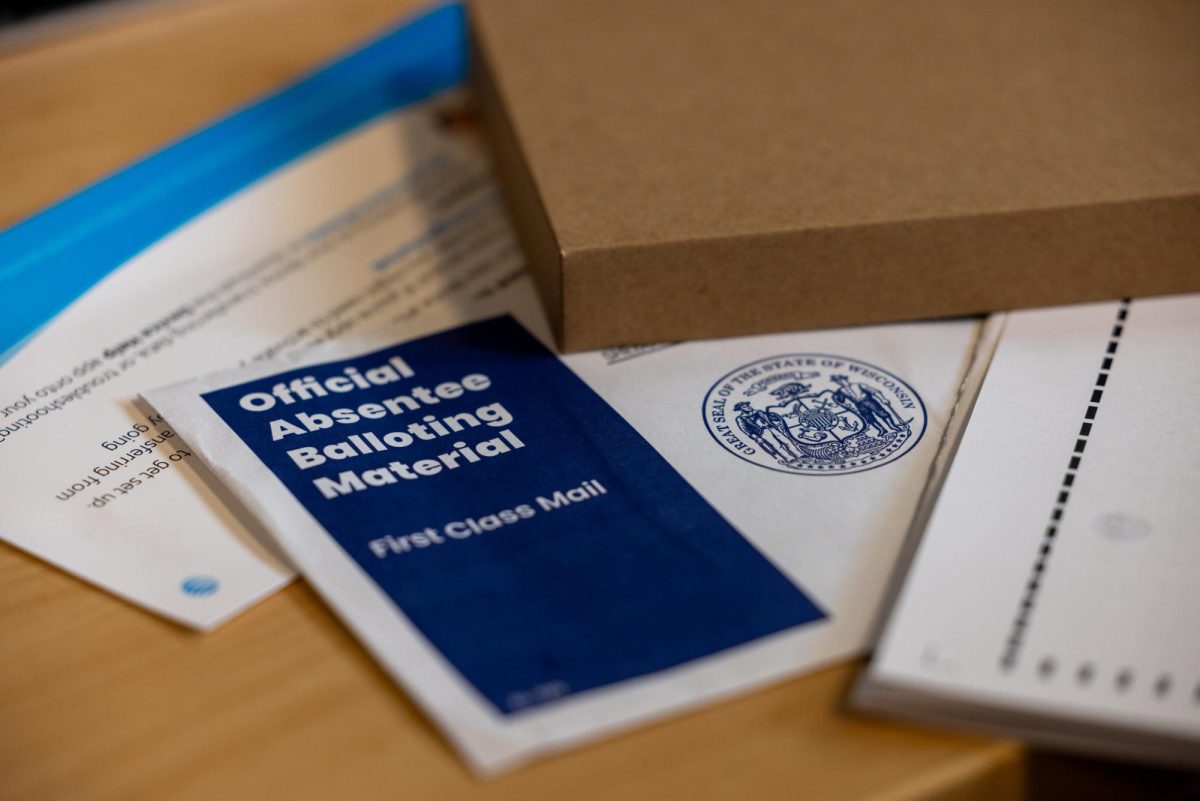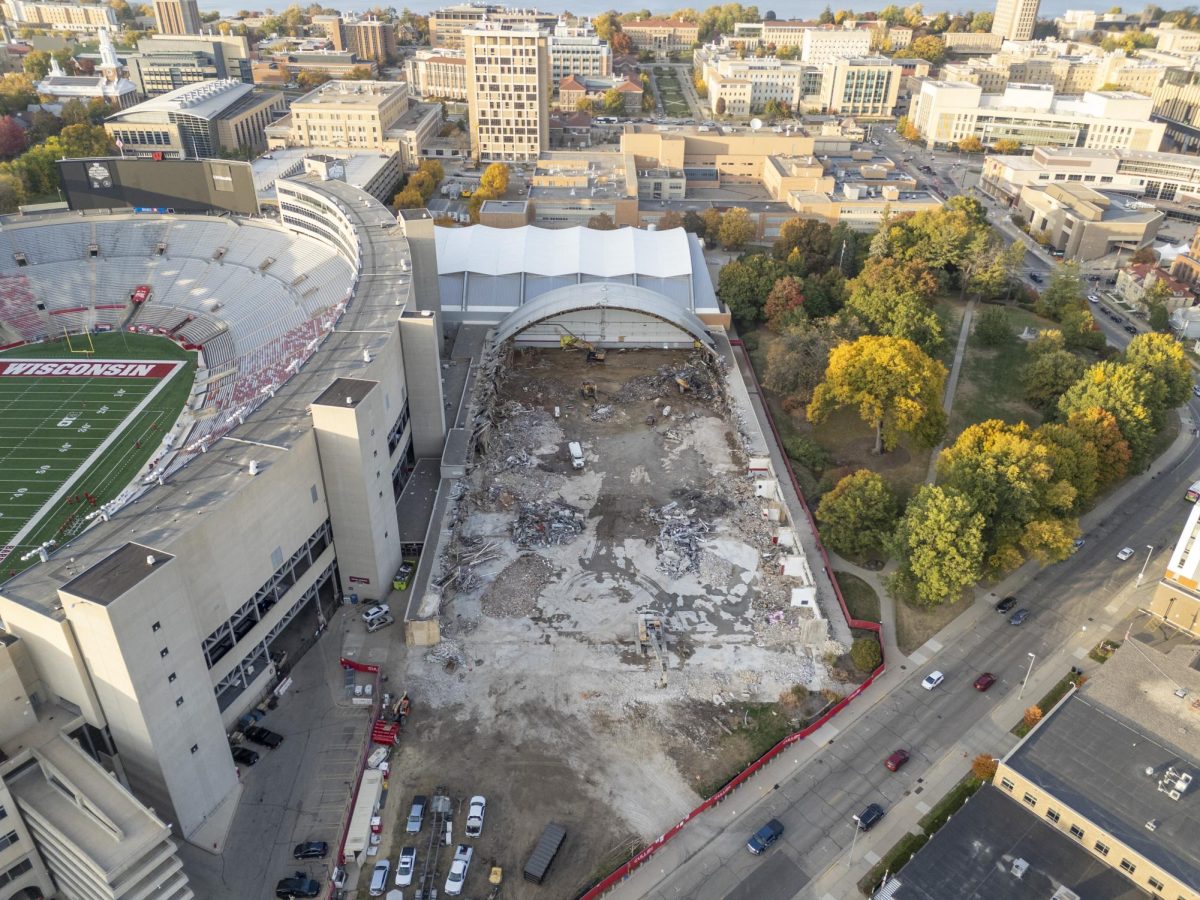Wisconsin was the eighth safest state in the nation in 2009, up five spots from the previous year, according to a publishing company’s latest state crime rankings.
New Hampshire, which reported 13 murders in a population of 1.3 million, had the lowest crime ranking for the second year in a row, according to an annual ranking of crime rates in the United States by CQ Press. Nevada ranked 50th, with a murder rate just more than six times greater than New Hampshire’s, according to a statement from CQ Press.
A large amount of data used to rank the states came from the Uniform Crime Reporting Program, which is compiled by the FBI, according to the statement. The rates of rape, robbery, aggravated assault, burglary and motor vehicle theft must be compared to national reported crime rates to create a summary score and ranking.
The other data involve calculations of frequency, percent, rate and percent change of reported crime and other criminal justice information.
Michael Scott, professor of Law and Society at the University of Wisconsin, said there could be an abundance of problems with the reliability of the numbers from any one city.
“There are a whole bunch of reasons why the police report [crime] numbers that might not accurately reflect the crime in that particular city,” Scott said.
According to the statement from CQ Press, the FBI, police and criminologists warn against using crime rates to rank states because of factors like, “population density, composition of the population (particularly the concentration of youth), climate, economic conditions, strength of local law enforcement agencies, citizen’s attitudes towards crime, cultural factors, education levels, crime reporting practices of citizens and family cohesiveness.”
Scott cited St. Louis, a city that usually ends up pretty high on a crime ranking list, as an example of a city where there are extenuating factors affecting its crime rate.
As Scott points out, unlike most major cities, almost all of St. Louis is dense, urban and very compact.
“It doesn’t have a large number of suburban kind of neighborhoods on the fringe of that city,” Scott said. “It is somewhat like having Madison’s crime rates measured only in the downtown area on the isthmus.”
If one takes a look at some of the major cities in Wisconsin, like Milwaukee and Madison for example, there is strong evidence to show reported crime has declined, Scott said. However, he would not read much into this.
“If the underlying data is not all that reliable, drawing conclusions [about crime rates in a particular state] does not make all that much sense,” Scott said.
Scott added if a state’s crime ranking is low and the news is good, people will tend to believe the numbers in reports, but if the opposite is true, people are not exactly sure what to make of it.
“The bottom line is that the real story is not going to be found in these simple kind of rankings,” Scott said. “You really have to dig deeper to understand what they’re telling us.”













